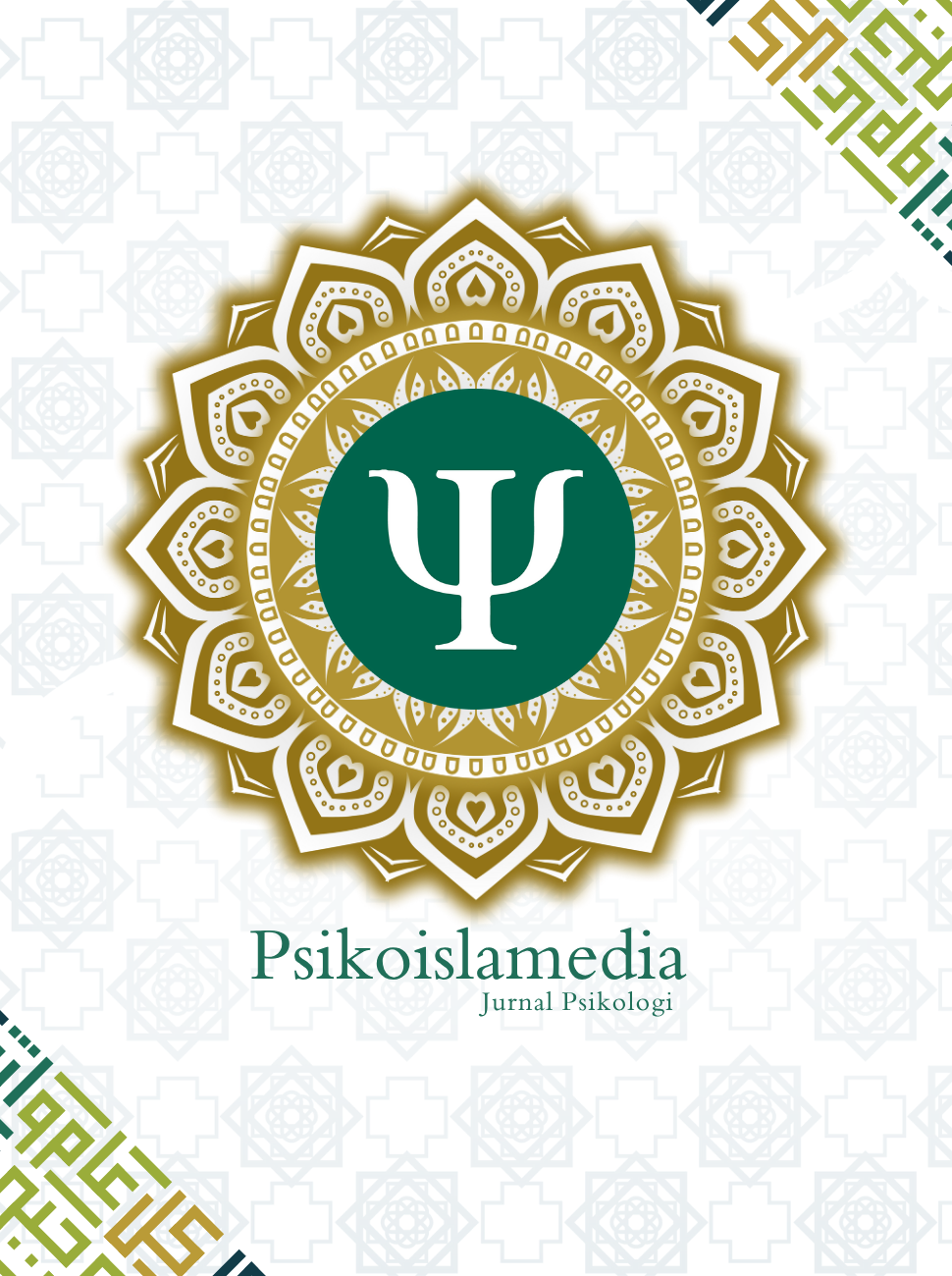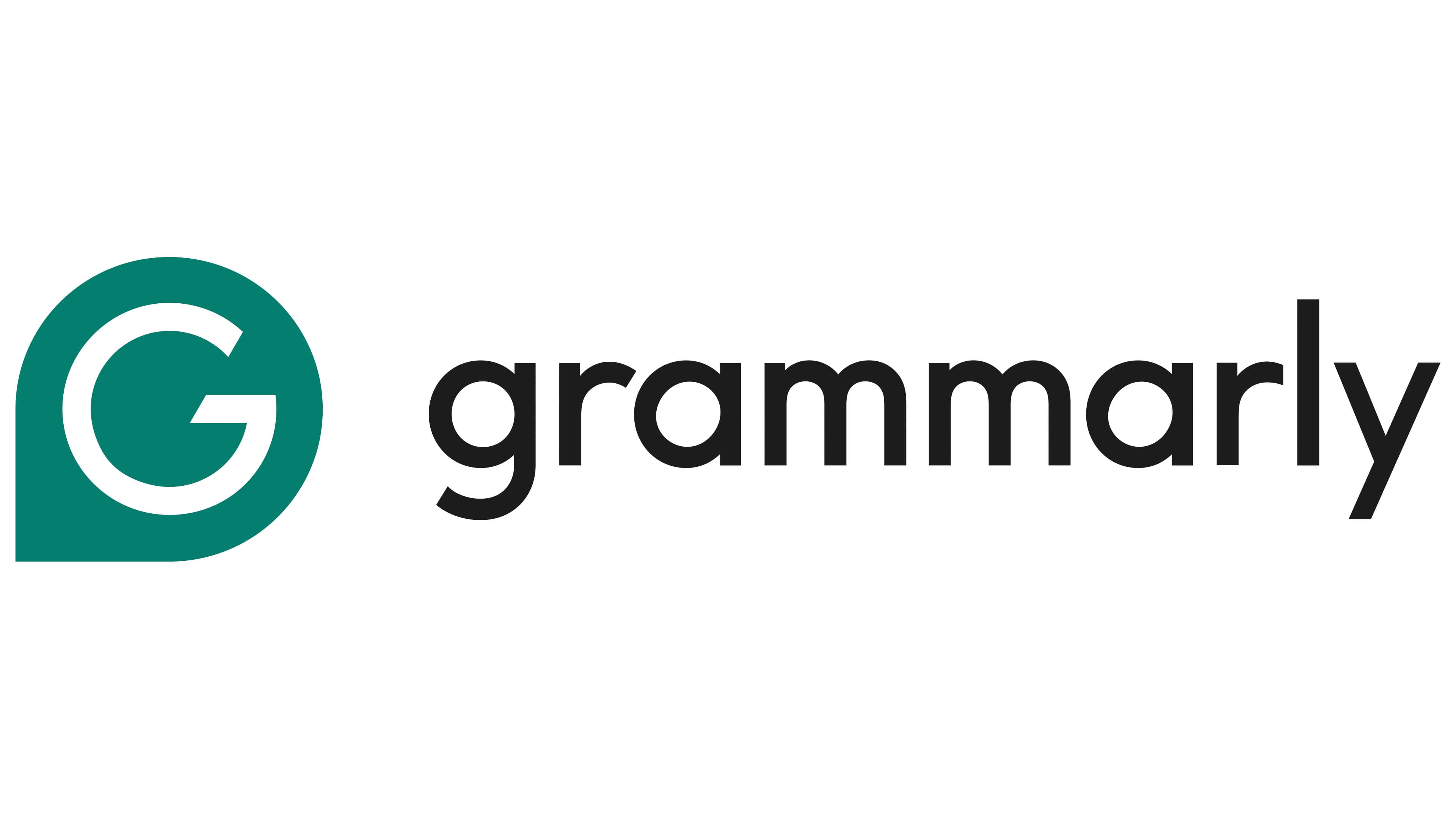Adversity Quotient and Future Orientation of Adolescents at LPKA Class II Bandar Lampung
DOI:
https://doi.org/10.22373/psikoislamedia.v10i2.31948Abstract
Adolescents serving time in LPKA face psychological pressure in the form of low self-esteem and pessimism that can hinder future orientation. Adversity quotient, the ability to face and overcome difficulties, is believed to play an important role in shaping a positive future direction. This study aims to analyze the relationship between adversity quotient and future orientation in 40 adolescents aged 18-21 years in LPKA Class II Bandar Lampung. The method used was quantitative correlation with data collection through the future orientation scale (Nurmi, 1991) and the adversity quotient scale (Stoltz, 2000). The analysis used Spearman's rank correlation test because the data were not normally distributed. Results showed a significant positive relationship between adversity quotient and future orientation (r = 0.616; p < 0.05), so the hypothesis was accepted. This finding confirms the novelty of the study by highlighting the importance of psychological factors in the rehabilitation of juveniles with legal problems, as well as its practical implications in the design of coaching programs based on increasing adversity quotient.
Keywords: Adversity Quotient, Future Orientation, Children's Special Development Institution
Downloads
Published
Issue
Section
License
Copyright (c) 2025 MUSLIMAH MUSLIMAH, Meilia Ishar, Tansri Adzlan Syah

This work is licensed under a Creative Commons Attribution-ShareAlike 4.0 International License.
Authors who publish in this Journal agree to the following terms:
- Authors retain copyright and grant the journal right of first publication with the work simultaneously licensed under Attribution-ShareAlike 4.0 International (CC BY-SA 4.0) allows others to share the work with an acknowledgment of the work's authorship and initial publication in this journal.
- Authors are able to enter into separate, additional contractual arrangements for the non-exclusive distribution of the journal's published version of the work (e.g., post it to an institutional repository or publish it in a book), with an acknowledgment of its initial publication in this journal.
- Authors are permitted and encouraged to post their work online (e.g., in institutional repositories or on their website) prior to and during the submission process, as it can lead to productive exchanges, as well as earlier and greater citation of published work. (See The Effect of Open Acces)














